In This Section
- Home
- Staff Profiles & Phone Book
- About the Department
- A History of the Department LANDING PAGE
- A history of the Department; The early years to the 1980s
- A history of the Department; The move from the Windle Building to BSI and WGB
- UCC Professors of Anatomy and Heads of Department
- The development of the UCC HUB
- Current students, recent research graduates and awards
- Useful Links
- Welcome from Head of Department of Anatomy and Neuroscience
- Study Anatomy
- Study Neuroscience
- Research
- UCC Anatomical Donations
- Biosciences Imaging Centre
- BSc Medical and Health Sciences
- News & Events
- News Archive 2024
- News Archive 2023
- News Archive 2022
- News Archive 2021
- News Archive 2020
- News Archive 2019
- News Archive 2018
- Recent Publications
- News archive 2017
- News Archive 2016
- News Archive2015
- News Archive 2014
- News Archive 2013
- News Archive 2012
- News Archive 2011
- BRAIN AWARENESS WEEK 2023
- Department Events and Conferences
- Seminar series 2019_2020
- photo galleries
- Narrowing the void Conference 2023
- Photos of BSc Medical and Health Sciences Mentoring launch 2022
- International Women's Day 2023
- 2023 BRIGHT FUTURES - Celebrating our researchers
- 2023 UCC Futures - Future Ageing & Brain Sciences
- Recent Graduations July 2023
- Anatomy and Neuroscience Top 100 Anatomy Physiology 2023
- BRAIN AWARENESS WEEK 2023 FUN AND GAMES EVENT
- Medical and Health Sciences First year class 2023
- 2023 Brain Awareness week Scientific discussion photo gallery
- World Anatomy Day 2023
- BSc MHS MENTORING PROGRAMME 2023
- BSc Medical and Health Sciences Graduation 2023
- BSc Neuroscience Graduation Photo Gallery 2023
- Dr Kathy Quane Nov 2023
- THANKSGIVING PHOTOS 2012
- Photo Gallery: Society of Translational Medicine Careers Fair 2023
- Photo Gallery:2023 TRAIN AWARDS
- Photo Gallery:2024 Creative Week St Joseph's NS
- Photo Gallery: Department of Anatomy and Neuroscience Thanksgiving Service 2024
- Photo Gallery: Professor Aideen Sullivan farewell party
- Photo Gallery: Irish Pain Society Annual Scientific Meeting Cork 2023
- Photo Gallery: 2024 Medical and Health Sciences Graduation
- Photo Gallery: Medical and Health Sciences Meet and Greet 2024
- Photo Gallery: 2024 BSC NEUROSCIENCE Graduation
- Photo Gallery: 2025 INTERNATIONAL WOMEN'S DAY
- Photo Gallery: 2025 BSc Neuroscience class and staff
- Photo Gallery: 2025 BRAIN CONNECTIONS
- BSc Neuroscience Graduation Photo Gallery 2025
- World Anatomy Day 2025
- UCC Learning and Teaching Showcase 2025
- Narrowing the Void Conference 2023
- Department of Anatomy and Neuroscience Contact Us
GUT INSTINCT Art, Food and Feeling opens at Glucksman Gallery
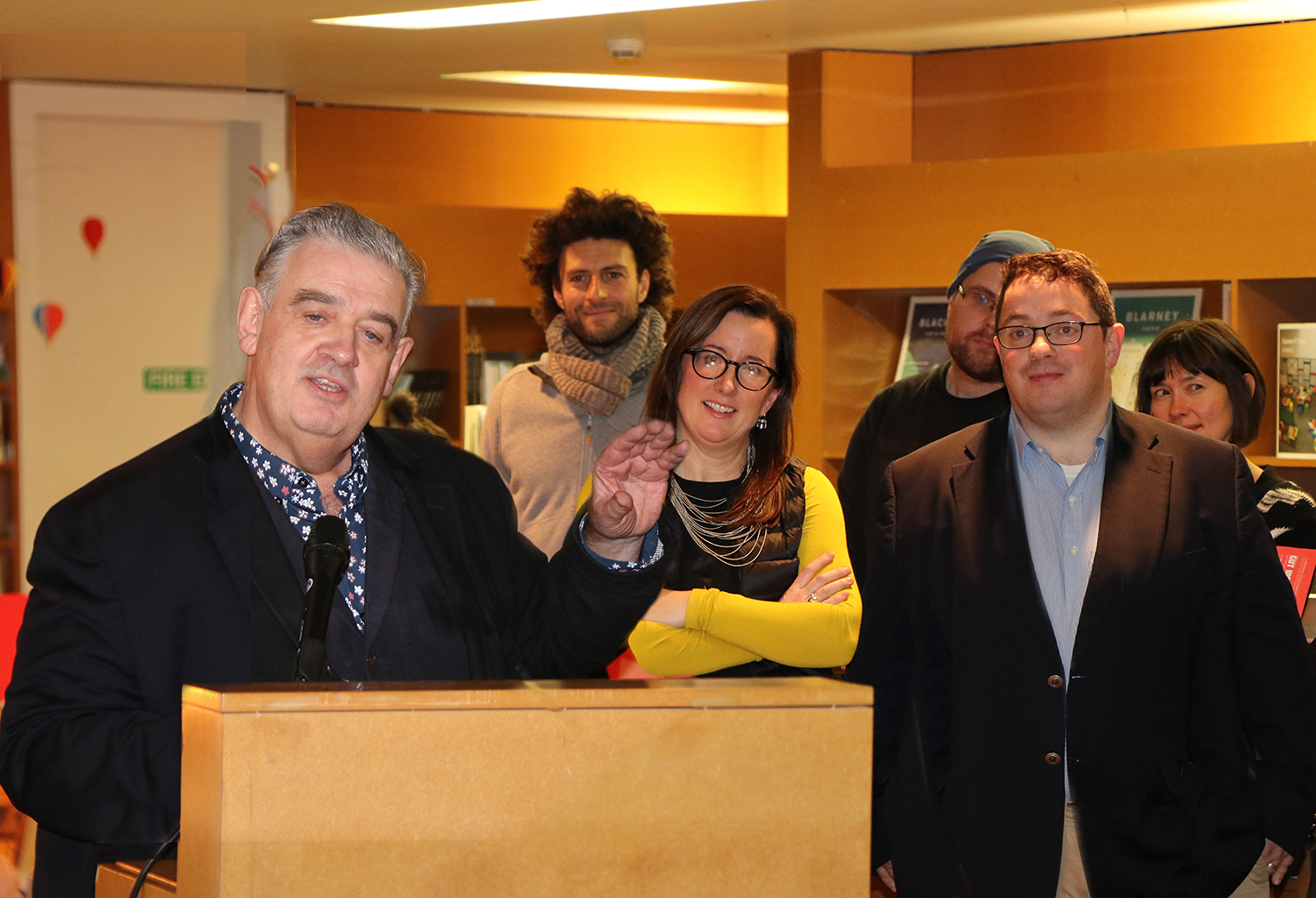
GUT INSTINCT Art, Food and Feeling opened to a large audience at the Glucksman Gallery last night. Curated by Chris Clarke, John Cryan and Fiona Kearney the exhibtion was opened by Cónal Creedon writer in residence UCC following a panel discussion with the curators and participating artists.
Professor John Cryan introduced writer in residence Conal Creedon who opened the event. Feature the work of artists Marina Abramovic, Sonja Alhäuser, Eilf Arkan, Fiona Hallinan, Siobhán McGibbon, Abigail O'Brien, Thomas Rentmeister, Neil Shawcross and Domestic Godless the exhibtion runs until 19th March.
Gut Instinct
The correlation between these two "brains"—the state of gut and the state of mind—is exemplified in artworks that blur the distinctions between mind and body. In Siobhan McGibbon’s sculptures, pristine white figures appear to melt into indefinable masses of dripping fat and flesh, while her drawings depict microbes merging with simplified human forms. Elif Erkan’s Lotus Eaters also employ an unusual approach to her materials, as the artist "feeds" vitamins such as St. John’s Wort and Omega 3 into abstract plaster forms to reveal unexpected juxtapositions of the organic and the synthetic. The infusions either disappear into their materials or slowly, visibly, rot and decay. In the work of Domestic Godless, performative events introduce participants to strange—and often repulsive sounding—new recipes. Their installation explores notions of disgust and digestion and includes custom-made toothpastes and suppositories. Sonja Alhäuser’s work exemplifies many of the concerns found throughout Gut Instinct. Her drawings, including several new works draped along the walls, combine portrayals of feasts and harvests, anatomical diagrams and playfully absurd sketches, to represent the indistinguishability of our mental and bodily lives. Here, these domains are intertwined, each feeding into the other.
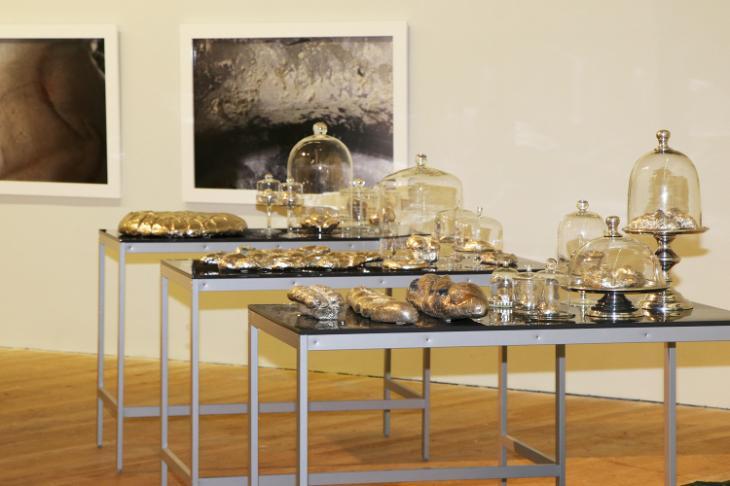
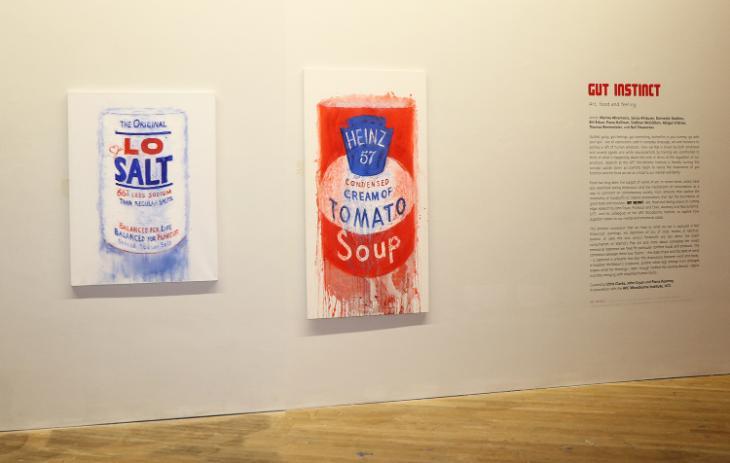
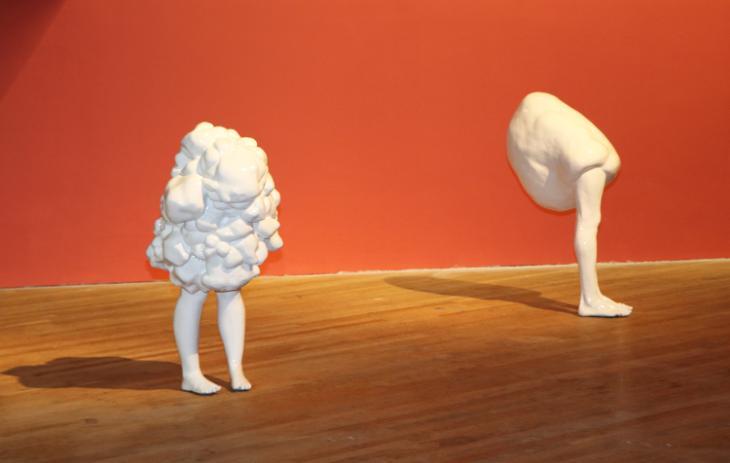
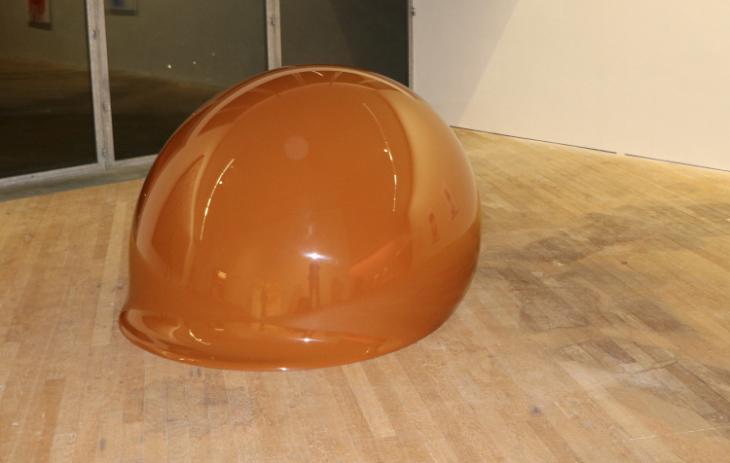
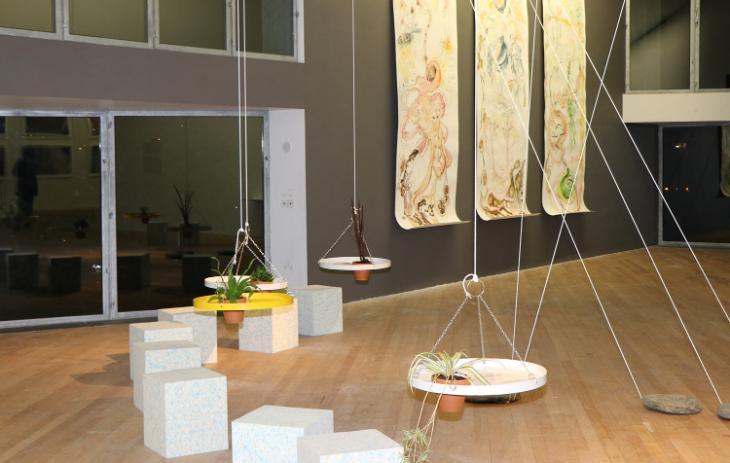
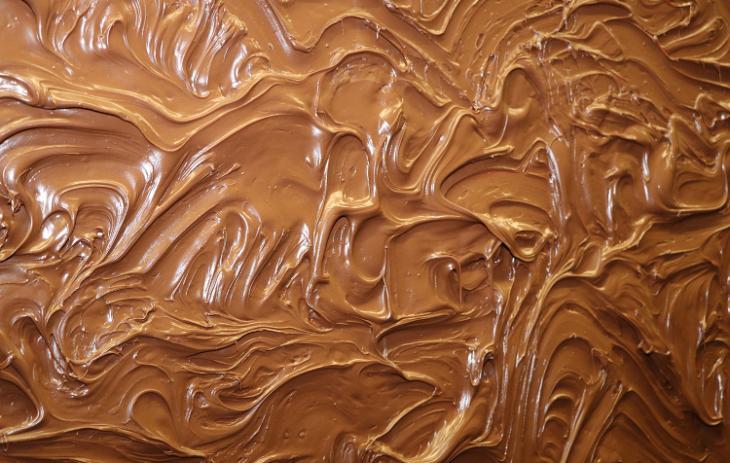
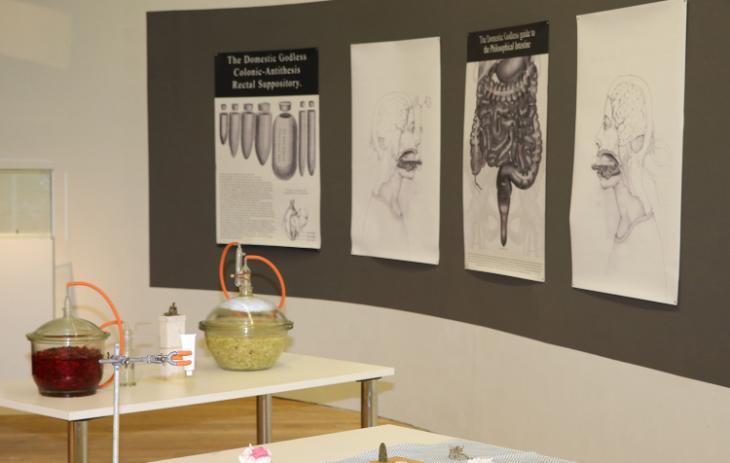
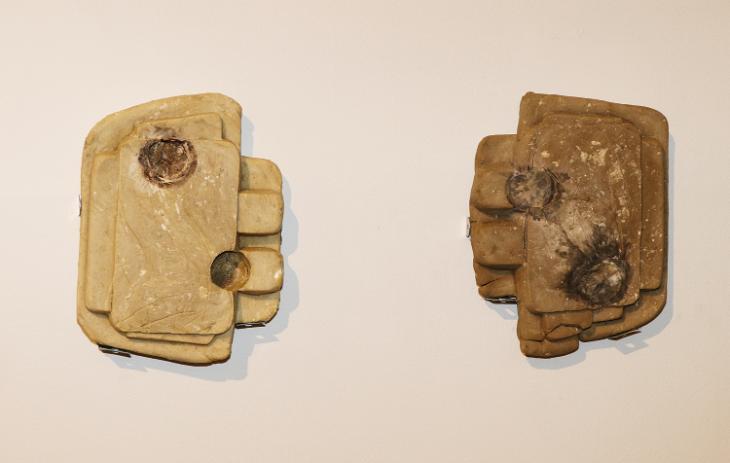
Gut Instinct features a curated programme of events including a public symposium on art and food on February 25, 2017. The exhibition is accompanied by a catalogue. For further information, please email exhibitions [at] glucksman.org.
Gut Instinct: Art, food and feeling is supported by University College Cork, The Arts Council Ireland, Science Foundation Ireland, and private philanthropy through Cork University Foundation.
Gut Instinct
Art, food and feeling
November 25, 2016–March 19, 2017
The Glucksman
University College Cork
Cork
Ireland
Hours: Tuesday–Saturday 10am–5pm
T +353 21 490 1844
info@glucksman.org
www.glucksman.org
Facebook / Twitter / Instagram
Artists: Marina Abramovic, Sonja Alhäuser, Domestic Godless, Elif Erkan, Fiona Hallinan, Siobhan McGibbon, Abigail O’Brien, Thomas Rentmeister, Neil Shawcross
Curated by Chris Clarke, John Cryan and Fiona Kearney
(Photos B.Riedewald)
Department of Anatomy and Neuroscience
Anatamaíocht agus Néareolaíocht
Contact us
Room 2.33, 2nd Floor, Western Gateway Building, University College, Cork, Ireland
